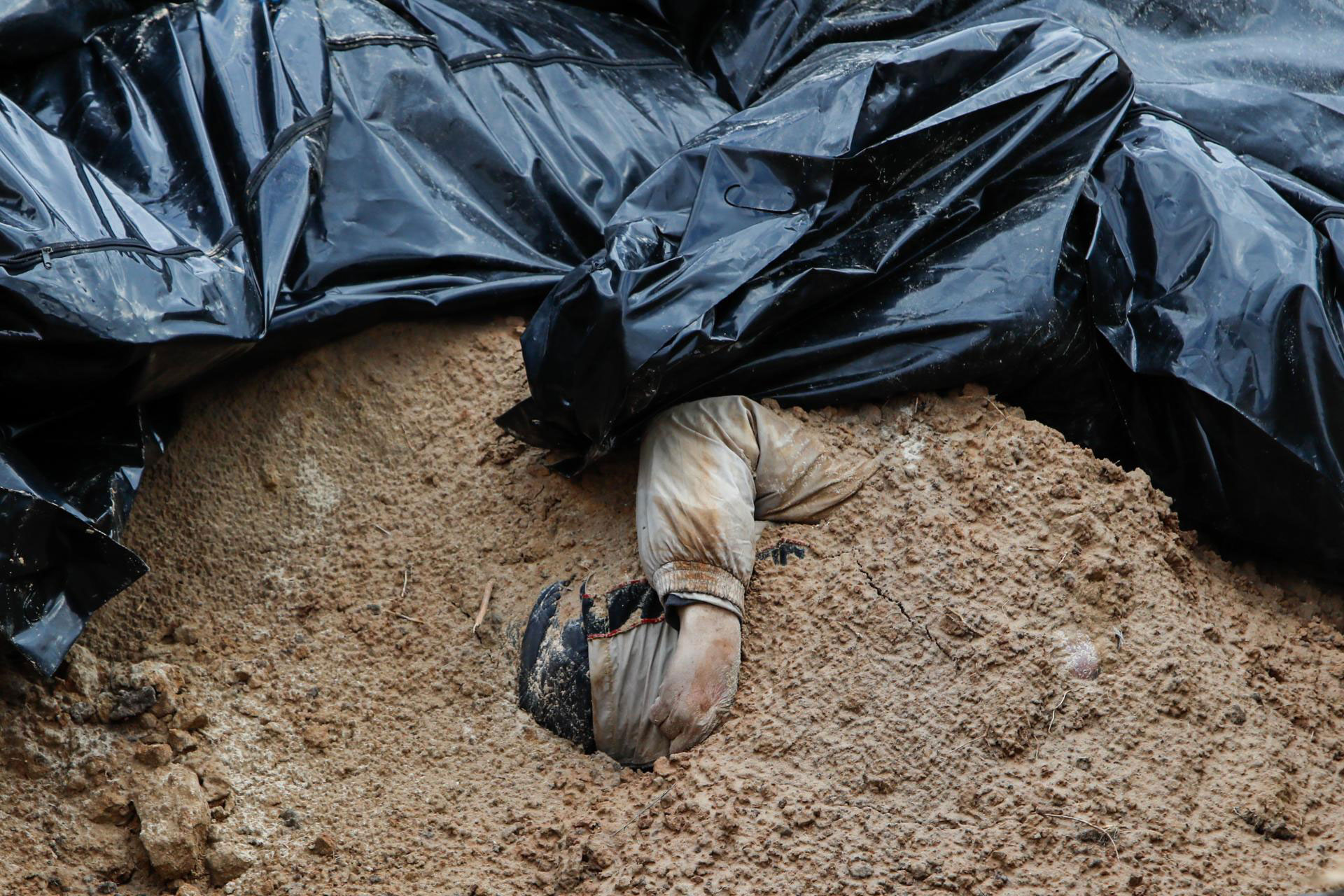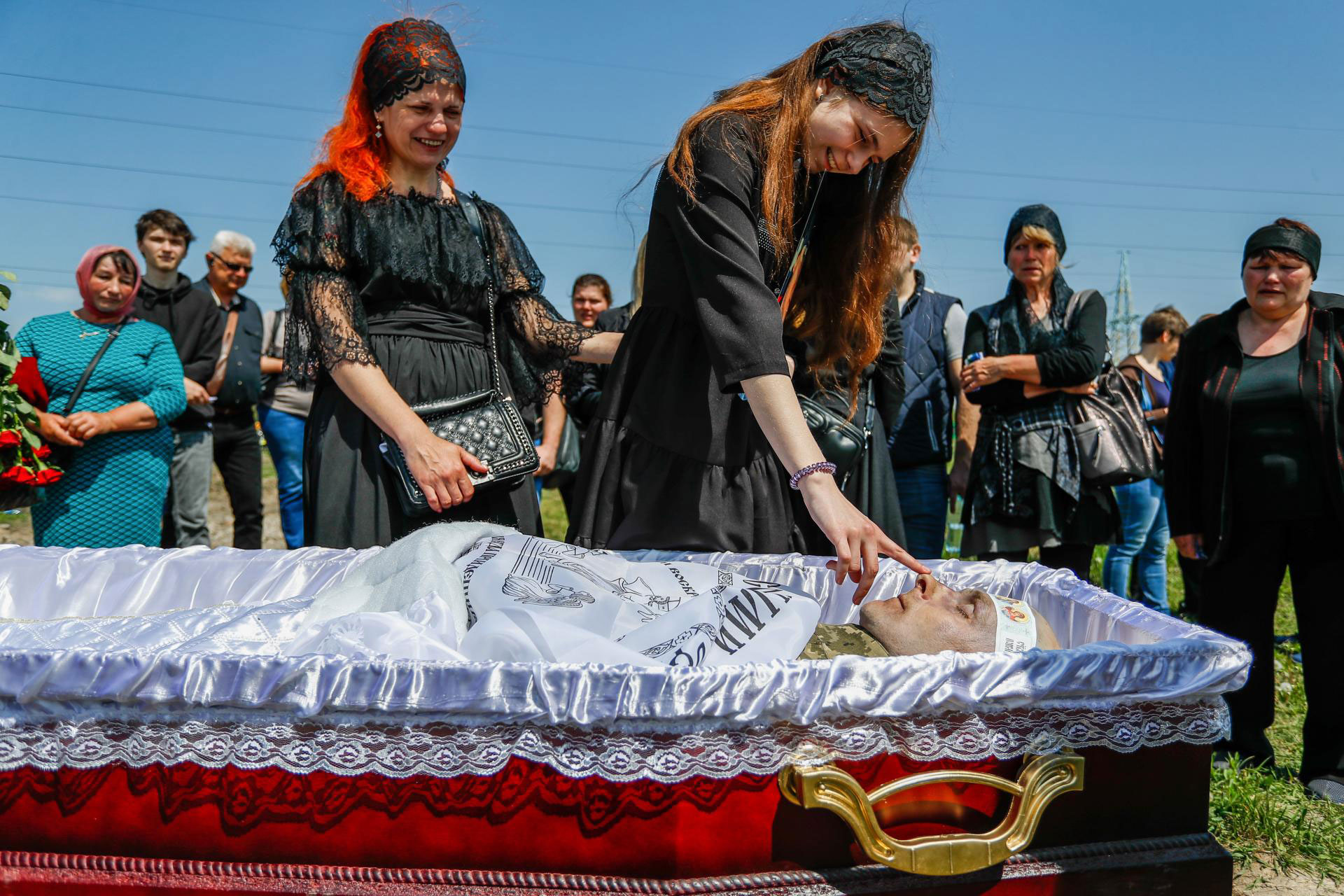Interview with Daniel Ceng from Hong Kong SAR

Luxury Beyond Measure: Ritz-Carlton’s Nomad Haven
September 8, 2023
Interview with Noa Grayevsky from United States
September 8, 2023Interview With The 2023 European Photography Category Winner of the Year – Daniel Ceng
I was 19 years old when my journey on photojournalism first took off when I travelled to India to cover the nationwide protests against Citizenships Amendment Act and the National Register of Citizens in Jan 2020.
Such laws and policies were discriminatory to Muslims as they did not include legal provisions for Muslim refugees from neighbouring countries to acquire citizenships in India.
As someone with journalism background from an Asian city where human rights, freedom and rule of law are highly respected, I felt the responsibility to covey, though my lens and images, the stories of Indian unity in fighting against suppression of Muslims.
Dodging clashes by climbing up the tree, sneaking into rooftops with the help of residents to avoid the police arresting journalists and positioning myself in between riot police and protesters, I captured powerful images of how Indian people from all walks of life came together to confront the authorities to find a way for justice, equality and social inclusion in a democratic country.
Since then, my passion, interests and my heart for telling stories of significant events and people though visual narratives have led me into professionalism in photography and photojournalism.
I am a self-taught photographer who has chosen to venture out on the internet and photography reading in terms of building my skills, knowledge and perspectives.
But if you ask if there was a compass that guided me through the foggy self-learning journey, there was. His name is Ritchie Tongo, an experienced Filipino photographer with unique ways of shaping imagery narratives and excellent eyes for pictures.
Increasing diversity and inclusion for different communities in photography has always been top of my wish list.
I especially love the idea of creating more rooms for photographers that don’t fall under the mainstream shooting styles or ways of crafting their work of self-expression or interpretation of the world of reality, especially for photojournalism.
The recognitions from the European Photography Awards including Category Winner of the Year in Editorial Photography under Photojournalism (Professional Group) is proof that there is a game changer who is capable of including different values or perspectives for photography, so that more photographers with different backgrounds or walks of life can be empowered, encouraged and inspired by the European Photography Awards to create, to tell their own stories, to shape the world, with their own values and perspectives.
On 9 March 2022, I travelled to France and Poland and then to Ukraine, for one reason: to showcase the terror and truth of the war and present a different side of the tragedy from what one would usually see in mainstream media or propaganda outlets.
I felt the need to convey the story of undefeated spirits in resisting authoritarianism regimes and terrorism which could help international communities to understand the importance of being brave, persistent and resilient despite suppression or crackdowns.
Winning Entries
Ukraine:The terror of war | 2023
Since March 2022, Ukrainian communities have been stagnated by the atrocities of Russian military invading the the country with deadly missiles, artillery ... (Read more at European Photography Awards)
War and Peace | 2023
An elderly woman, together with her dogs, walks past a residential building damaged by a Russian missile, as a large number of people are said... (Read more at European Photography Awards)
The last smile for Ukrainian dad | 2023
14 year old Alexandria (Front-right), accompanied by her mother, smiles as she touches her father for the last time, during his funeral service in Dnipro, amid.. (Read more at European Photography Awards)
Daniel Ceng
At 19, Daniel Ceng embarked on his photojournalism journey, which began with a trip to India in January 2020 to document the nationwide protests against the Citizenships Amendment Act and the National Register of Citizens.
Read more about this interview with Noa Grayevsky from the United States, the Gold Winner of the 2023 European Photography Awards.




